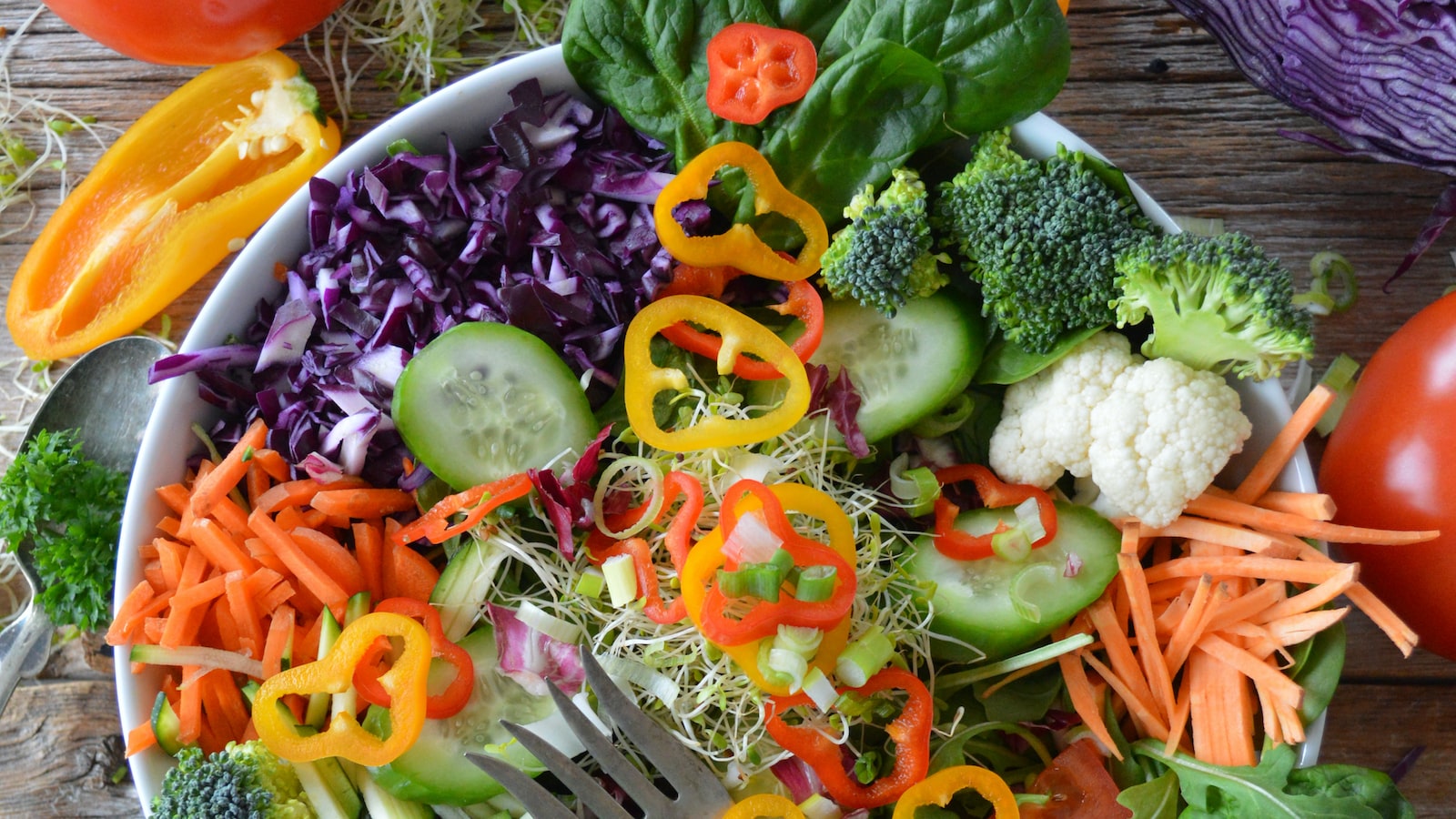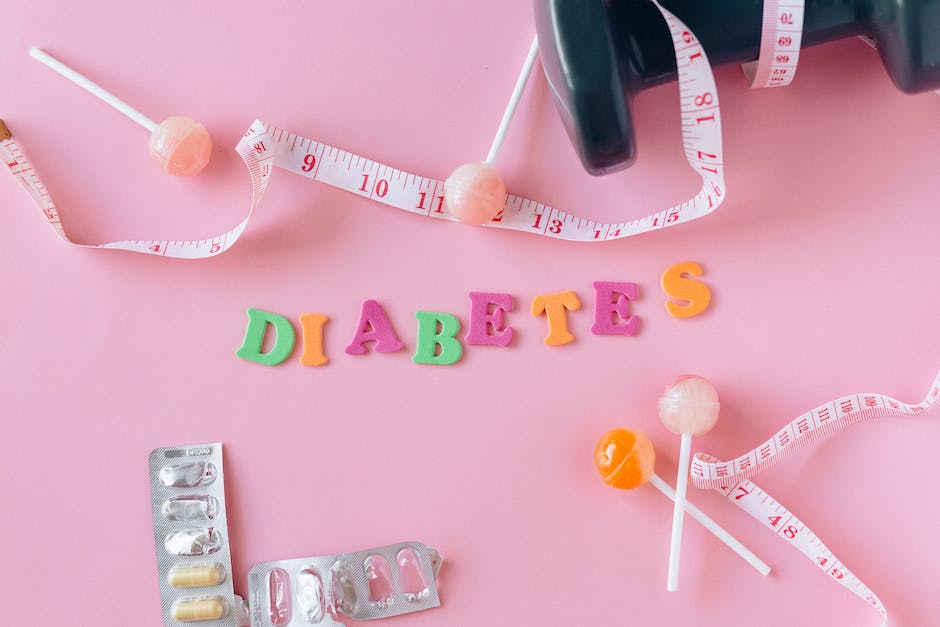
Getting your body into “ketosis” can seem like a daunting process, but it doesn’t have to be! So, if you’ve been wanting to explore the potential of a high-fat, low-carb lifestyle, then kick it into gear with this helpful guide to burning fat and kickstarting your journey into ketosis.
1. Kicking It In: The Benefits of Kicking into Ketosis
Kicking it into ketosis can be one of the most beneficial things you can do for your health. With the power to boost metabolism, promote weight loss, and improve your overall wellness, there’s no wonder why ketosis is becoming more and more popular.
- Better Brain Function – Ketosis can improve your cognitive abilities, increasing alertness and reducing risk of degenerative diseases.
- More Energy – With ketosis, you are converting your body’s energy source from carbohydrates to fats. This process releases more ATP energy molecules, providing increased energy to your body.
- No Hunger Pains – Your hunger hormone levels drop during ketosis, helping you to eat less and feel fuller faster.
By putting your body into the metabolic state of ketosis, you can achieve improved cognitive and physical performance and reduce your risk of disease. Whether you’re looking to lose weight, improve your overall health, or increase your energy, there’s no better way to do it than to kick it into ketosis!

2. Get on the Right Track: Making the Transition to Burning Fat
When it comes to burning fat, the key is consistency and having the right mindset. Making lifestyle changes can help keep you on track and provide the motivation you need to see long-term success.
Here are a few tips to help you make the transition to burning fat:
- Set Specific Goals – Know exactly what you want to achieve and keep it as your focus. It’s easier to stay on track when you have something to work towards.
- Plan Your Meals – Taking the time to plan out your meals for the week will help you stay focused and make healthy choices. Write down a grocery list ahead of time too so you don’t end up buying unhealthy snacks.
- Stay Hydrated – Replacing sugary drinks with water is a great way to start burning fat. Aim to drink 8-10 glasses each day.
- Get Physical – Incorporate exercise into your daily routine. Don’t have time to hit the gym? Consider interval training – quick bursts of activity followed by rest periods. This can be incorporated into your daily life.
Making the transition to burning fat isn’t easy, but it’s totally achievable. Start with these tips, and you’ll be well on your way to reaching your fat burning goals!
3. Understand the Fundamentals: What is Ketosis?
Have you heard the buzzword “Ketosis” but feel confused about what it means? Here’s an explanation of this metabolic phenomenon.
Ketosis is a metabolic process that happens when glucose (sugar) levels in the body are low. When this happens, the body begins to make chemicals called ketones which are produced from fatty acids. These molecules are then used by the body as an alternative fuel. As glucose levels become lower, ketone bodies levels will increase.
- It’s a normal metabolic process in which the body’s glucose levels drop.
- The body begins to make ketones which are molecules made of fatty acids.
- Ketones become an alternative fuel source for the body.
If you’re curious about different methods to enter ketosis, there are a few ways to achieve it. This includes a change in diet, fasting, and exercise. However, ketosis should be taken with caution since it can cause side effects like dehydration, fatigue, and lightheadedness.
3. Transformation Time: What to Expect When Kicking Into Ketosis
Onset of Symptoms:
When beginning a ketosis diet, it’s common to experience an onset of symptoms. These might include headaches, fatigue, cravings, difficulty concentrating, and sugar cravings. All of these symptoms can range in degree from mild to severe, with more extreme cases typically happening at the start of the diet.
It’s important to recognize the various symptoms and their severity. Mild discomfort that passes after a couple of days is usually nothing to be concerned about; however, if headaches persist or get more severe, medical advice should be sought.
A New Normal:
It usually takes a few weeks to become comfortably keto-adapted, but the more you stick to the diet, the better you’ll feel. Typical effects include an increased level of energy, reduced cravings, improved concentration and mental clarity, and an overall feeling of wellbeing.
Plus, this new-found energy and clarity should manifest itself in your daily life; at the grocery store, in the gym, and at work. As you begin to reach your health goals, you’ll look forward to each day with eagerness and excitement.
- + Headaches
+ Fatigue
+ Cravings
+ Poor Concentration
+ Increased Energy
+ Reduced Cravings
+ Improved Concentration
+ Mental Clarity
+ Feeling of Wellbeing
4. Cut the Cravings: Tips to Make the Transition Easier
Making the switch to a healthier lifestyle can trigger cravings for snacks and sweets. That doesn’t mean you have to fall victim to them – here are some tips to help you fight back!
- Swap unhealthy snacks for healthier options – swap chips for nuts, swap soda for tea. This way you’ll still be able to satisfy your cravings without the guilt.
- Stay hydrated – it’s easy to mistake thirst for hunger. Make sure you’re staying hydrated and drinking plenty of water throughout the day.
- Mix it up – The best way to make healthier meals interesting is to mix them up. Change up the vegetables you use and experiment with different sauces, spices, herbs and flavours.
- Take your time – Slow down when you’re eating, savour every bite and make sure you’re enjoying your meals.
- Keep a food diary – this is useful if you experience stronger cravings. Write down what you’re eating and drinking throughout the day to keep track.
These tips will help you make the transition easier and stay on track. Remember, it’s perfectly okay to indulge in a cheeky treat every now and then.
5. Achieve Your Goals: Maintaining the Benefits of Ketosis
Keeping the benefits of ketosis might seem like a daunting task at first glance, but as long as you stay focused and pick the right plan for you, it’s totally achievable!
Writing down your goals and breaking them down into smaller, more manageable pieces is a great way to get on track when it comes to maintaining ketosis. Creating a checklist being realistic about what you can accomplish in a certain amount of time will help stay on track and meet your goals.
- Set yourself up for success and create a timeline.
- Make a commitment and stick to it.
- Focus on the long-term benefits of ketosis.
Staying consistent is another integral part of the process. You won’t make lasting changes by jumping from one diet to another in a short period of time. Sticking to your goals will help you stay in ketosis without putting your health at risk.
- Be patient and don’t give up.
- Eat the right foods in the right amounts.
- Choose energizing activities that you stay motivated.
Remember, the benefits of staying in ketosis are worth the effort! With discipline and determination, you can reach your goals and experience all the benefits of maintaining a healthy lifestyle.
Q and A
Q: What is ketosis?
A: Ketosis is a natural metabolic process that allows your body to convert stored fat into energy, resulting in weight loss. Think of it as a switch that turns your body from a carbohydrate-burning machine to a fat-burning machine.
Q: What are the benefits of being in ketosis?
A: There are a variety of benefits associated with being in a state of ketosis, including increased energy levels, improved mental clarity, weight loss, improved digestion, and even reduced cravings for junk food.
Q: How do I put my body into ketosis?
A: To get into a state of ketosis, you need to severely restrict your carbohydrate intake and increase your fat intake, while keeping your protein levels moderate. This will create a metabolic environment in your body that allows it to burn fat instead of carbohydrates for energy.
Q: Should I avoid certain foods while in ketosis?
A: It’s best to avoid processed foods, sugary drinks, and food with added sugars. You should also aim to limit your consumption of grains and legumes, as these contain high levels of carbohydrates that can prevent your body from entering a state of ketosis.
If you’re looking to kickstart your ketogenic journey, you now have the knowledge and tips to get started strong. Kicking into ketosis can be difficult, but taking it one step at a time increases your chances of success. Burning fat doesn’t have to be expensive or complicated. Use this guide to get started and burn your fat off!